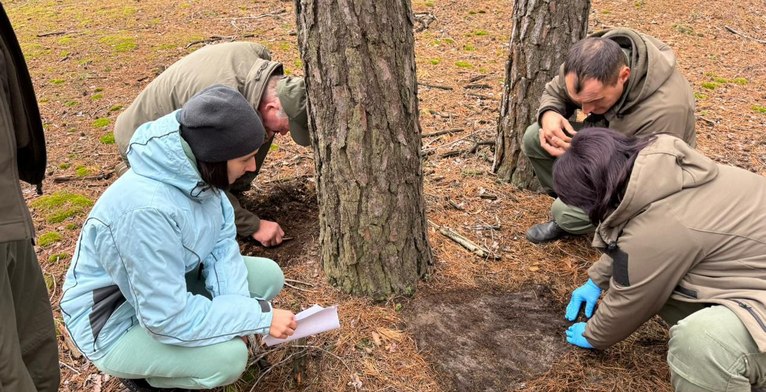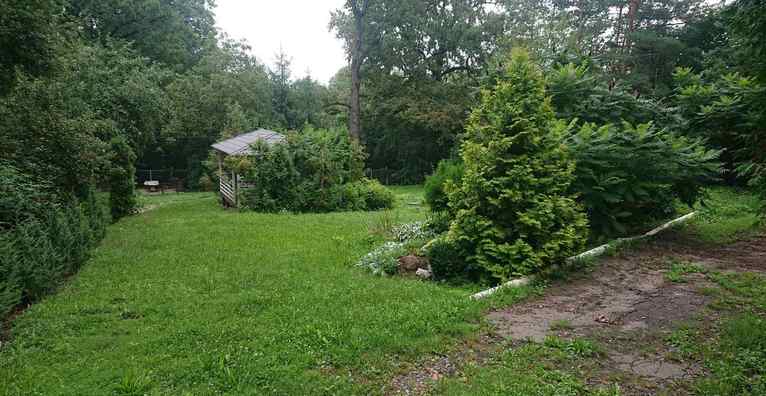It is pleasant to light a fire in the forest on a holiday or weekend, grill meat or bacon, or cook a delicious soup. However, it is essential to remember that making a fire can cause a forest fire. Moreover, many negative consequences remain even after the fire or after burning logging residues or garbage. This includes the destruction of microflora, the fertile soil layer, beneficial insects, and other microorganisms. Additionally, one of the most severe consequences can be the death of forest cultures.
Meet Rhizina undulata Schäff., a permanent resident of the forest litter on sandy soils in dry pine forests. It develops most intensively after fire events. Heating the soil by fire stimulates the growth of the fungus spores at optimal temperatures. Partial sterilization of the soil by fire eliminates competing fungi that could inhibit Rhizina's growth. As a result, this fungus can nearly destroy pine cultures planted immediately after a fire, especially during wet spring conditions, as observed in the Kherson region after the massive fire of 2007. The disease spreads from July to September and most commonly affects young coniferous seedlings (2-5 years old) and natural regeneration, causing root rot, yellowing of needles, and tree death.
When establishing new forest plantations, special attention should be given to this disease. To prevent its spread and combat infection, Kharkivlisozakhyst recommends implementing preventive forest protection measures.






